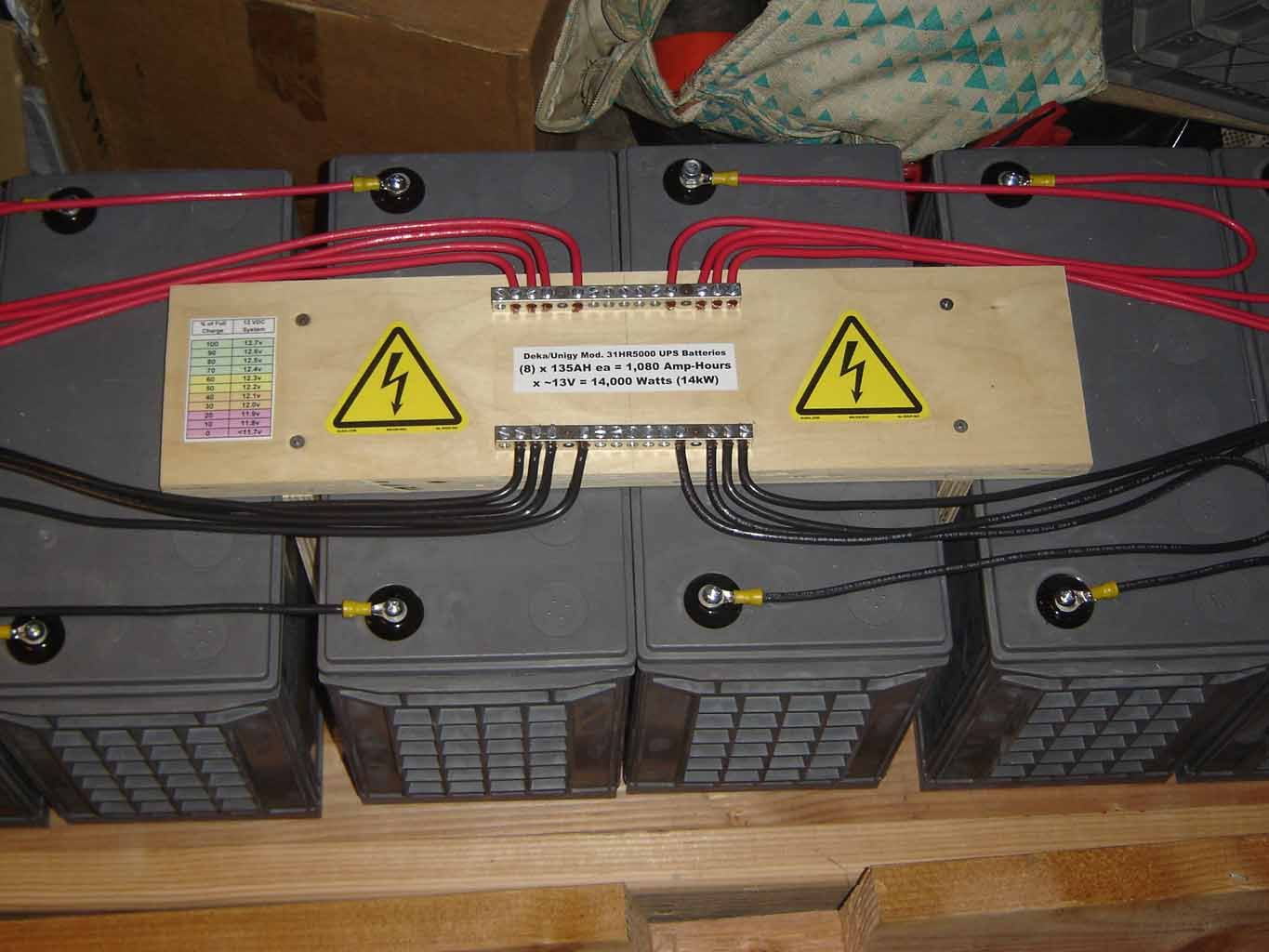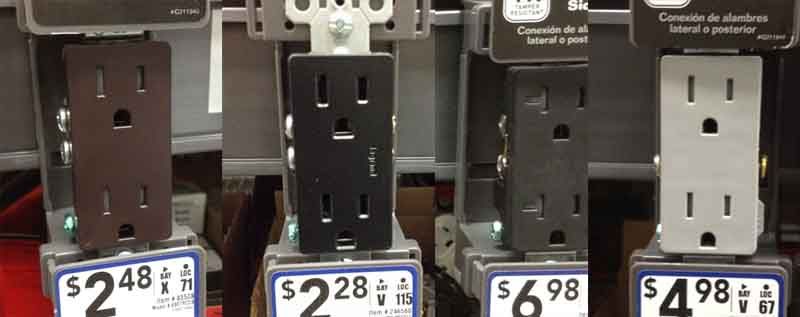rayra
Expedition Leader
Dunno, that 40mm has the power to evacuate the total volume of that box every 15 seconds. Isn't that enough airflow?
But if I'm every operating the large inverter for an extended period I'd probably leave the box open anyway.
Still shopping sizes and shapes and features, found this 2000W KRieger unit, proprietary faceplate so I'd have to remote the plug somehow. But it has a swell remote faceplate with status light. Just the thing for the wall in an RV or trailer. And unfortunately, the inverters get pretty big once you are above 1000W, as do theirs. This unit would fill roughly 1/4 the internal volume of the box. Can't really afford that. Too much other crap I want to put in there.
https://www.amazon.com/KRIËGER®-200...0301&sr=8-3&keywords=2000+watt+power+inverter
So still looking around, maybe a 1500W in a smaller footprint with a peak / surge near twice that and I can get away with running a table saw or electric chainsaw. And certainly my circular saw and smaller powered hand tools.
I wonder what the load numbers are on my Sawzall. I have a 'Kill-O-Watt' meter, maybe I'll check it out tomorrow, after I finish carpeting the storage drawers.
eta
a new challenger emerges
https://www.amazon.com/ERAYAK-Allig...1505&sr=8-6&keywords=1500+watt+power+inverter
nice compact size, good reviews. 1500W
But if I'm every operating the large inverter for an extended period I'd probably leave the box open anyway.
Still shopping sizes and shapes and features, found this 2000W KRieger unit, proprietary faceplate so I'd have to remote the plug somehow. But it has a swell remote faceplate with status light. Just the thing for the wall in an RV or trailer. And unfortunately, the inverters get pretty big once you are above 1000W, as do theirs. This unit would fill roughly 1/4 the internal volume of the box. Can't really afford that. Too much other crap I want to put in there.
https://www.amazon.com/KRIËGER®-200...0301&sr=8-3&keywords=2000+watt+power+inverter
So still looking around, maybe a 1500W in a smaller footprint with a peak / surge near twice that and I can get away with running a table saw or electric chainsaw. And certainly my circular saw and smaller powered hand tools.
I wonder what the load numbers are on my Sawzall. I have a 'Kill-O-Watt' meter, maybe I'll check it out tomorrow, after I finish carpeting the storage drawers.
eta
a new challenger emerges
https://www.amazon.com/ERAYAK-Allig...1505&sr=8-6&keywords=1500+watt+power+inverter
nice compact size, good reviews. 1500W
Last edited:


























